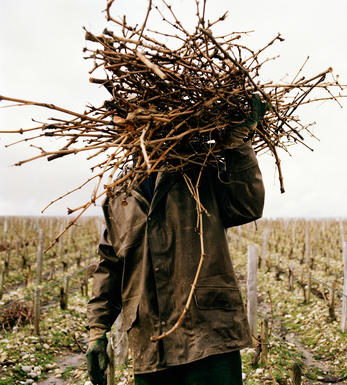
About this WINE

Champagne Paul Bara
Chantale Bara has now taken over from the legendary Paul, her father, to ease the Champagne House of Bara in to its seventh generation.
Established in 1833, La Maison Bara has built a reputation as the great ambassador for the champagne village of Bouzy, including its famous red wines. All of its 11 hectares are situated within this famous Grand Cru commune.
The house style is accordingly generous and rich, the tirage taking place over a minimum of four years in the 100 year-old cellars, dug 36 feet under the property. The champagnes are colourful and rich, voluptuous and honied, yet always finely balanced and pleasingly textured.

Champagne blend
Which grapes are included in the blend, and their proportion, is one of the key factors determining the style of most Champagnes. Three grapes are used - Pinot Noir, Chardonnay and Pinot Meunier.
26% of vineyards in Champagne are planted with Chardonnay and it performs best on the Côtes des Blancs and on the chalk slopes south of Epernay. It is relatively simple to grow, although it buds early and thus is susceptible to spring frosts. It produces lighter, fresher wines than those from Burgundy and gives finesse, fruit and elegance to the final blend. It is the sole grape in Blancs de Blancs, which are some of the richest long-lived Champagnes produced.
Pinot Noir accounts for nearly 40% of the plantings in Champagne and lies at the heart of most blends - it gives Champagne its body, structure, strength and grip. It is planted across Champagne and particularly so in the southern Aube district.
The final component is Pinot Meunier and this constitutes nearly 35% of the plantings. Its durability and resistance to spring frosts make the Marne Valley, a notorious frost pocket, its natural home. It ripens well in poor years and produces a soft, fruity style of wine that is ideal for blending with the more assertive flavours of Pinot Noir. Producers allege that Pinot Meunier lacks ageing potential, but this does not deter Krug from including around 15% of it in their final blends.



Buying options
Add to wishlist
wine at a glance
Delivery and quality guarantee